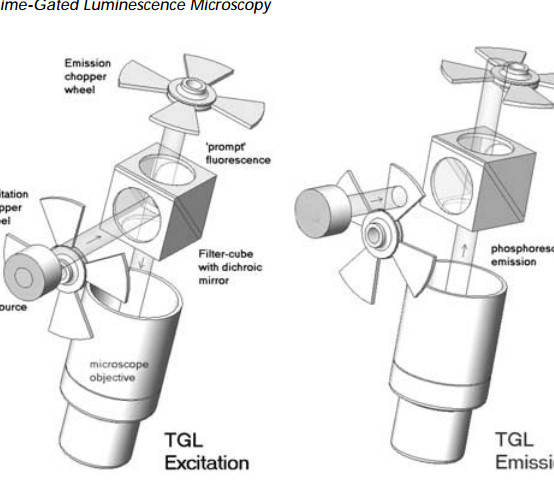Time-Gated Luminescence Microscopy
RUSSELL E. CONNALLY AND JAMES A. PIPER
Abstract
Centre for Laser Applications, Department of Physics, Division of Information and Communication Sciences, Macquarie University, Sydney, Australia Autofluorescent algal samples were spiked with europium beads for analysis on a novel all-solidstate, time-gated luminescence (TGL) microscope. Pulsed UV excitation (365 nm) was provided by a high-power UV-LED source fitted to an Olympus BX51 microscope. An “Impactron” electron multiplying charge-coupled-device (CCD) camera acquired images in delayed luminescence mode. Second, we evaluated sensitivity of the instrument by acquiring images of immunofluorescently labeled Giardia cysts with a single-exposure period of 3 ms. The camera was triggered 3 µs after the LED had extinguished to yield a 14-fold increase in signal-to-noise ratio within a single 33 ms capture cycle. This novel instrument could be switched instantly from prompt epifluorescence mode to TGL mode for suppression of short-lived fluorescence




